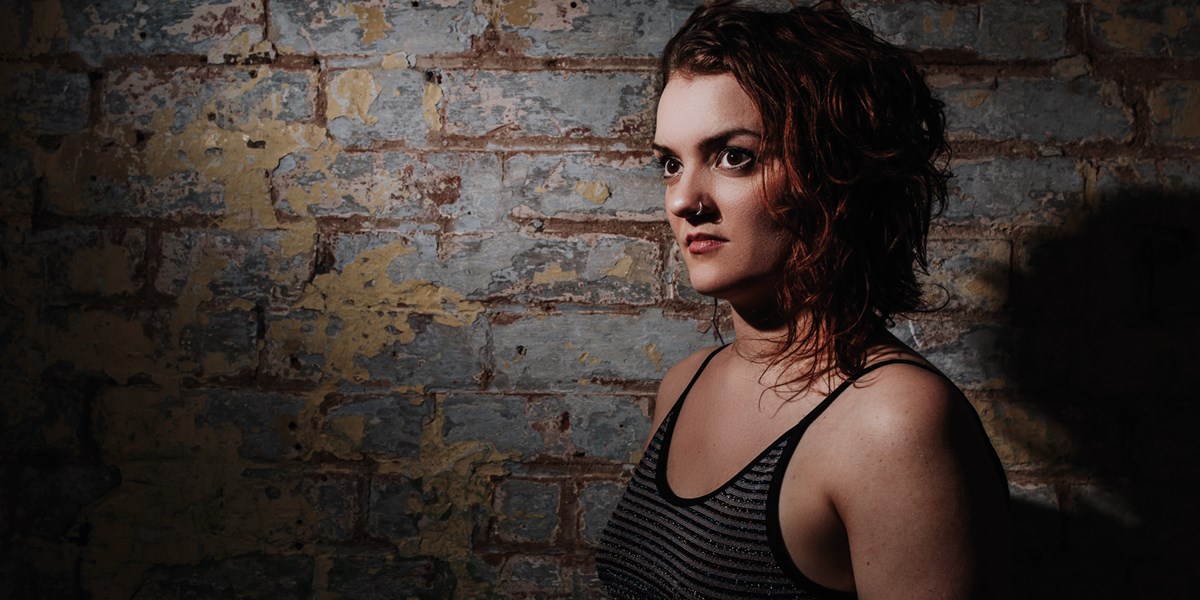Friday, February 10, 2023
Hannah James: Beginner’s Guide
By Tim Cumming
Celebrating the innovative, multi-faceted career of the British singer-songwriter and percussive dance champion

Hannah James (photo: Elly Lucas)

Register now to continue reading

Thanks for visiting the Songlines website, your guide to an extraordinary world of music and culture. Sign up for a free account now to enjoy:
- Free access to 2 subscriber-only articles and album reviews every month
- Unlimited access to our news and awards pages
- Our regular email newsletters

